SENIOR LIVING KANSAS CITY
the face of retirement living in kansas city is changing


the face of retirement living in kansas city is changing


First of all, the statistics might come as a shock. According to the Washington Post, over one in six Americans is now 65 or older.
By 2035, the U.S. Census Bureau projects, there will be more people aged 65 and older than 18 and younger.
As Americans are living longer and staying healthier, we see senior living communities expanding all over the Kansas City metro area. Some, like Tiffany Springs Senior Living, offer an active lifestyle; others, such as Benton House (in Blue Springs, Lenexa, and Olathe) or Brookdale Senior Living (Shawnee, Leawood, Kansas City), specialize in assisted living, memory care, and skilled nursing.
We’re spoiled for choice.
And it all started long ago when many senior living communities began as charitable efforts.
Village Shalom, for instance, began in 1902 as a group of Orthodox Jews got together to take care of their elders. By 1950, this effort expanded into the Home for the Jewish Aged. By the 1990s, Village Shalom broke ground on a 23-acre tract at 123rd and Nall in Leawood. Today, Village Shalom is a continuing care retirement community (CCRC) with a pool and a day spa.
Likewise, Armour Oaks Senior Living Community started as an effort by the Women’s Christian Association to take care of the widows and children of Civil War veterans. Today, its Waldo-area CCRC campus provides cottages, townhomes, and apartments for every stage of senior living.
Aberdeen Village in Olathe began in 1947 as a Presbyterian Good Samaritan program in Wichita for people who had outlived their resources. Today, as a CCRC, it welcomes “hardworking, independent thinkers.”
Senior living is now about living life on your own terms.
Vibrant seniors choose their next life chapter for a variety of reasons.
For Jenifer Lucas, it was a chance to come home to Kansas City, where the cost of living was lower, and she could enjoy all the cultural offerings. After a long career as an attorney with the Federal Energy Regulatory Commission in Washington, D.C, Lucas visited three senior living communities here: Santa Marta Luxury Senior Living Community in Olathe, Claridge Court in Prairie Village, and St. Luke’s Bishop Spencer in Kansas City. She decided on a two-bedroom independent living apartment at Bishop Spencer, in part, because of its location. And because she felt at home.
“There are interesting and accomplished residents who are fun and easy to be around,” she says. “The staff is wonderful. There is always something to do, whether it a speaker, music, or Saturday night movie. The food by the PB& J group is really good, and we enjoy our happy hours. Our new CEO says he wanted this to be the place to live in Kansas City, and I think it is. I have been very happy here.”
For Kelly Perkins, the decision came gradually. After her husband passed away, Perkins sold her four-bedroom house and downsized to a two-bedroom apartment in Prairie Village, where she lived for several years. About a year ago, she moved into a two-bedroom independent living apartment at Armour Oaks. “My husband’s parents had lived at John Knox Village in Lee’s Summit, and they loved it there. But I wanted to be closer in. When I was still in the insurance industry, I was on the board of the Women’s Christian Association, so I was very familiar with this place,” she says.
“I just wanted a change, and I looked at several other places. The physical structure was important to me as well as how they handled their money,” she says, not wishing to make a large deposit as some communities require. “I really enjoy the sense of community here. All of us watch out for one another. On Saturday nights, we have wine and conversation after dinner around the fireplace, laughing and telling stories.”
Communal living also appeals to a retired elementary school teacher who resides with her partner, a mobile home park business owner, at Tallgrass Creek Senior Living Community in Overland Park, an Erickson community. Her decision also came gradually. “We already had friends who lived here,” she says. “Every time I came to hang out, I liked it. There are so many restaurants to choose from. And so much to do. It’s not unusual for me to go to two exercise classes in the morning.”
The couple does not miss their large home with a pool in Overland Park. Instead, they enjoy the “lock-and-leave” freedom of their independent living apartment. “There is something here that will pique your interest, whether it is the dog park, your own garden plot or raised bed, lots of beautiful areas to walk.” The best thing? “The people,” she says. “I enjoy being part of a community. Everybody is so friendly. Our floor gets together every Friday afternoon to catch up on each other’s lives.”
“I know I have care in place here,” she adds, as Tallgrass Creek is also a CRCC community. “And that means peace about my future.”
Just as we might have forecast our needs when buying a home as younger adults—nearby schools, a backyard for the kids to play, easy commute to work, large kitchen for hosting family events—senior adults also need to look ahead.
As Kansas Citians get older, they prefer one-floor living, easy access to services and transportation, meals they don’t have to cook, community, safety, and a sense of security. Senior living options vary, depending on the amount and type of healthcare that is required.
Many seniors look for continuing-care communities, also known as CCRCs or life plan communities. CCRC’s are a long-term care option for older adults who want to stay in the same place through different phases of the aging process. Knowing that no matter what happens health-wise, they can stay where they are, can provide a sense of security for seniors and their families.
No longer tethered to school and work schedules, many active seniors prefer maintenance-free “lock-and-leave” situations in which they are freer to travel and enjoy life without the responsibilities of mowing the lawn or fixing the roof. The Kansas City area offers many independent living options—from cottages and villas to townhomes and apartments. Usually, independent living accommodations in retirement

communities have a pre-set monthly fee that includes all the amenities, real estate taxes, housekeeping, maintenance, and some dining services.
When senior adults need help with dressing, bathing, eating, or taking medications, they can hire home health aides in an independent living situation or transfer to assisted living. Here, the accommodations are usually studio apartments with 24-hour assistance with daily tasks. Dining services and housekeeping are included, as are scheduled transportation to medical appointments and shopping.
For senior adults living with dementia or Alzheimer’s, memory care units feature increased security and around-the-clock care from specially trained staff. The secure environment, sometimes including a private garden area, prevents memory care patients from wandering away.
Senior adults may need skilled nursing care on a short-term basis when recovering from surgery or an illness or longer-term as their health fails. Options usually include a private or semi-private room with 24-hour care.




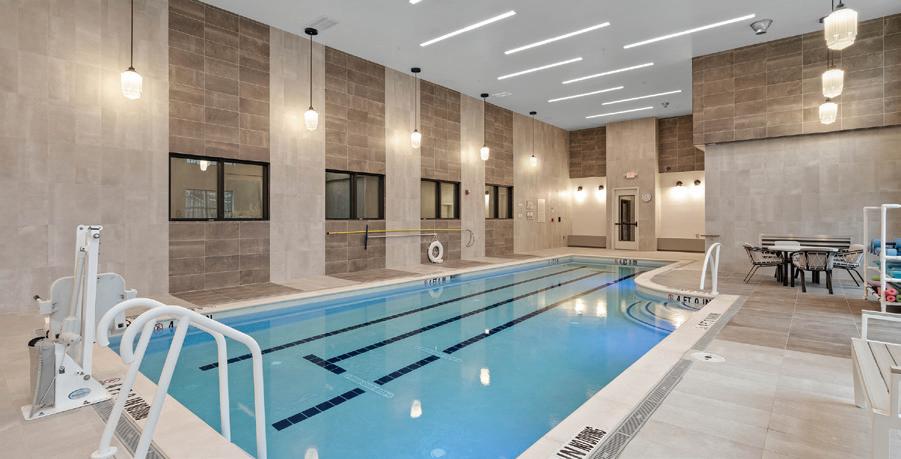

 words by Judith Fertig
words by Judith Fertig
ill this be your forever home? Or do you want to be active for now, but move to a full-service community later on?
Many communities, such as Connect55 Plus Shawnee, offer active living for those 55 and older in townhouses, villas, or apartments. This might simply mean quieter apartment living, with no loud 20-something parties into the wee hours.
If you want to age in place, look for a CCRC designation, which means a continued care retirement community that will take you from independent living to skilled nursing or memory care.
LOCATION
If you’re a season ticketholder to the Kansas City Symphony or KCRep, you might not want to live in southern Overland Park as you get older and think twice about driving at night. Likewise, if you have friends and family in Liberty, you might want to live farther north so it’s easy to visit. Location is especially important if you or a loved one is in assisted continued on page 8

















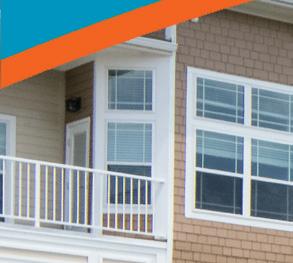
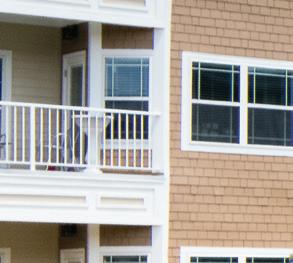

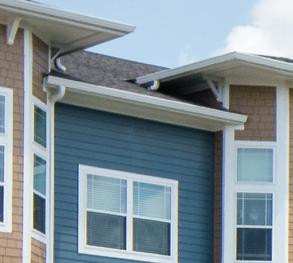
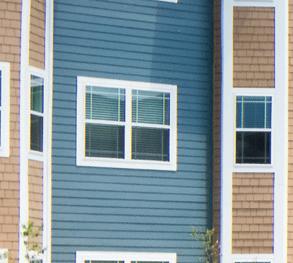








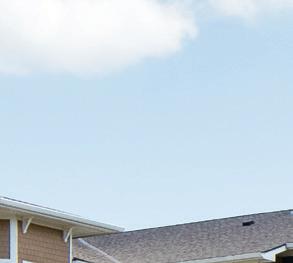








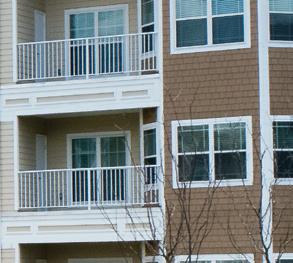


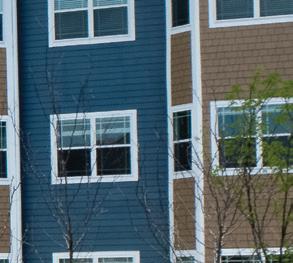


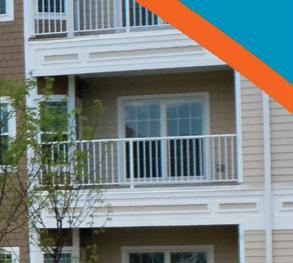



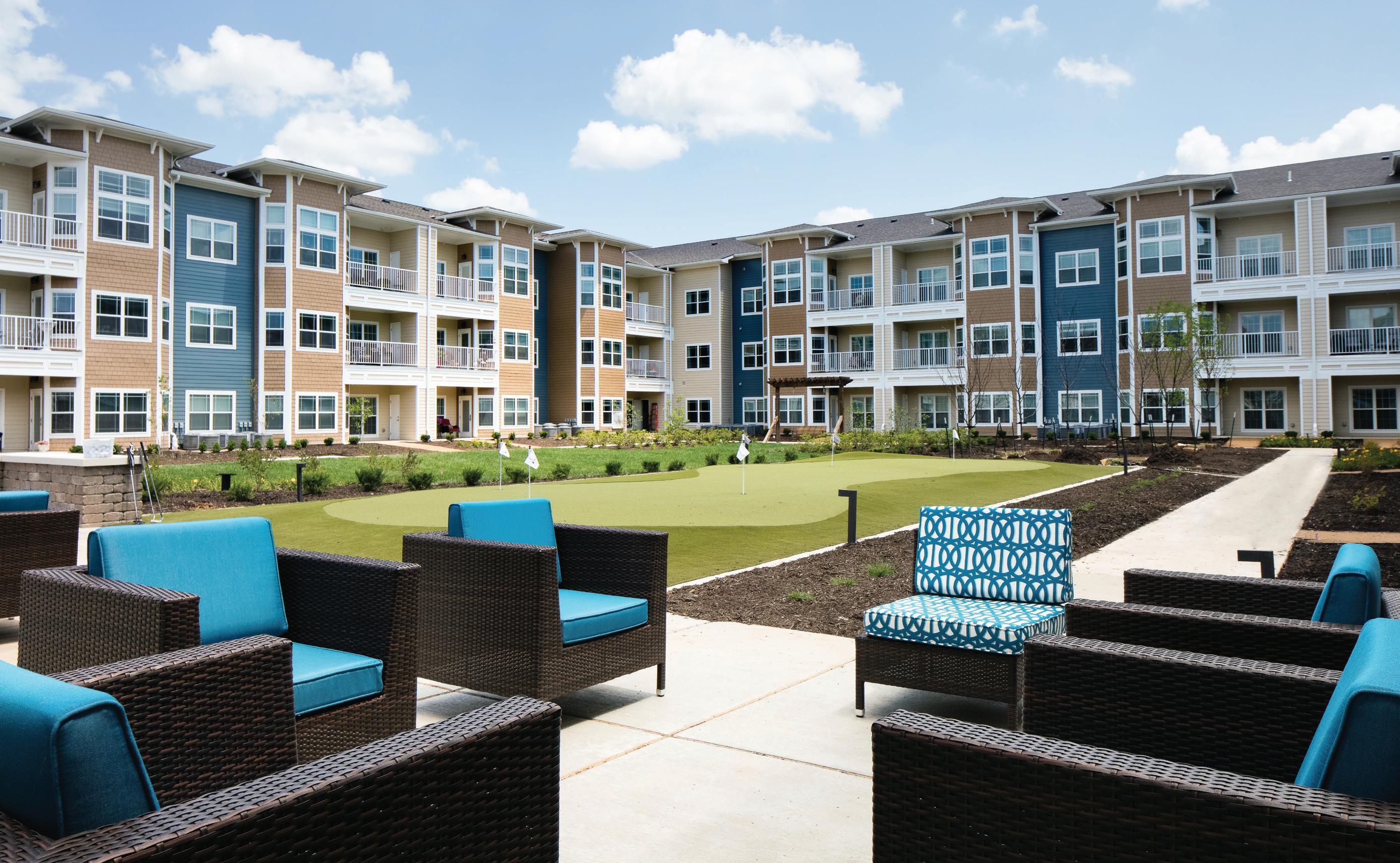
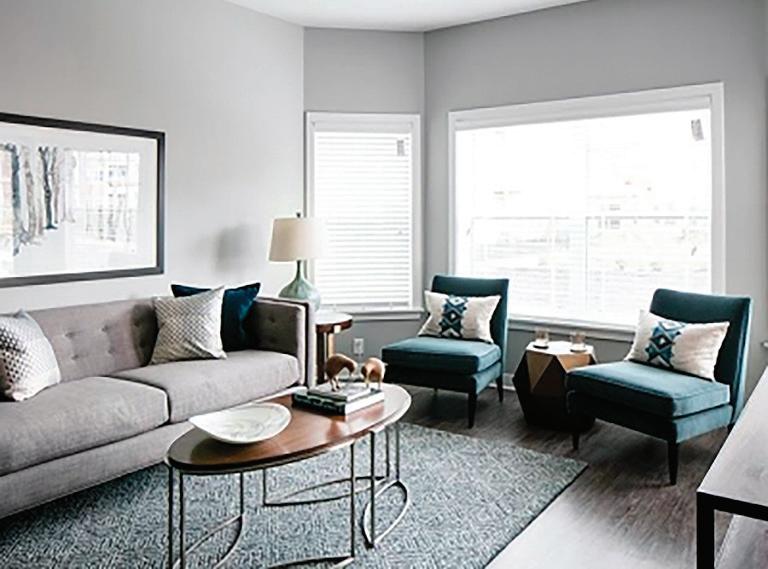

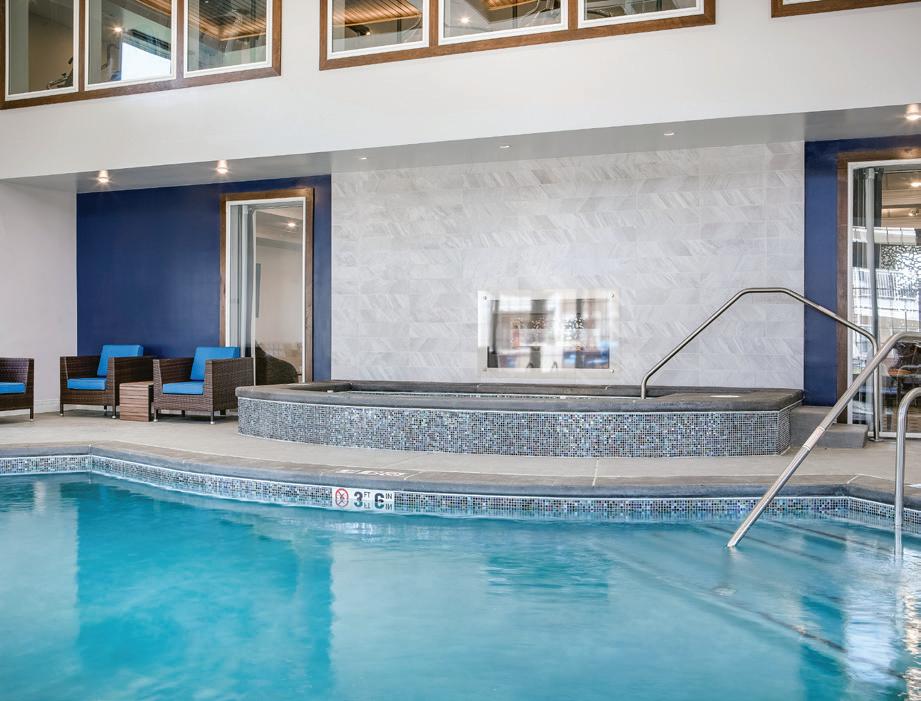
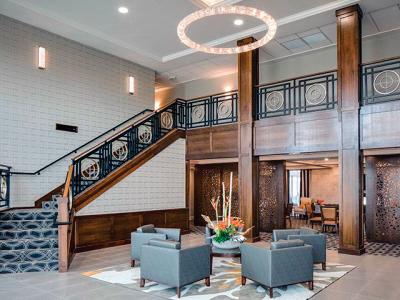
living, memory care, or skilled nursing and need the regular help of a family member or friend.
Although many retirement communities have benevolent care funds to assist seniors who outlive their resources, they will still take a careful look at your financials before accepting you as a resident.
Each senior living community will have its own financial structure that might include one or all of the following:
Life Care: A buy-in deposit or entrance fee that may be partially refundable to your or your estate. This is to ensure that you will have lifetime priority for care as your needs change. In addition to the deposit, there is a predictable monthly fee for services, amenities, and housing.
Modified Plan: Lower, one-time entrance fee plus a monthly fee for services, amenities, and housing. You would also have access to other levels of care for a set number of days before paying more.
Fee for Services: This arrangement features a lower one-time entrance fee, monthly fee for services, amenities, and housing. Other levels of care would depend on availability and be at current market rates.
The quality of dining can be another major factor in the senior living decision. One of the most frequently whispered suggestions is to look for a community with a happy hour, even if you don’t drink; people who
like wine or a cocktail are probably also particular about food.
It’s also a good idea to dine before you sign. If you can, visit friends for lunch or dinner to sample the fare. Also, ask if there is a dress code for evening meals or in certain dining areas, if you can have a meal sent to your apartment or room, and if you can have guests.
Question, question, question. When you tour a retirement community, don’t just look at the independent living. If you plan on aging in place, also tour the assisted living, memory care, and skilled nursing.
Ask all the what-ifs. If you are part of a couple, how does the community handle it when one partner needs extra care? Are home health aides permitted in independent living, often a more cost-effective plan that also allows a couple to stay living together. What if you need surgery, go to rehab, and then are not quite ready for independent living just yet? What if you outlive your resources?
For individual safety, are bathrooms fitted with bars and shower seats for safety in bathing? Is there an emergency device in the bedroom or main living area to call if necessary? Many communities require residents to have emergency information and a list of all medications stored in a central location (such as on the refrigerator) in case an ambulance needs to be called.
For community safety, how are visitors monitored? When are doors locked? What happens in case of a tornado or fire?

It’s much more than a